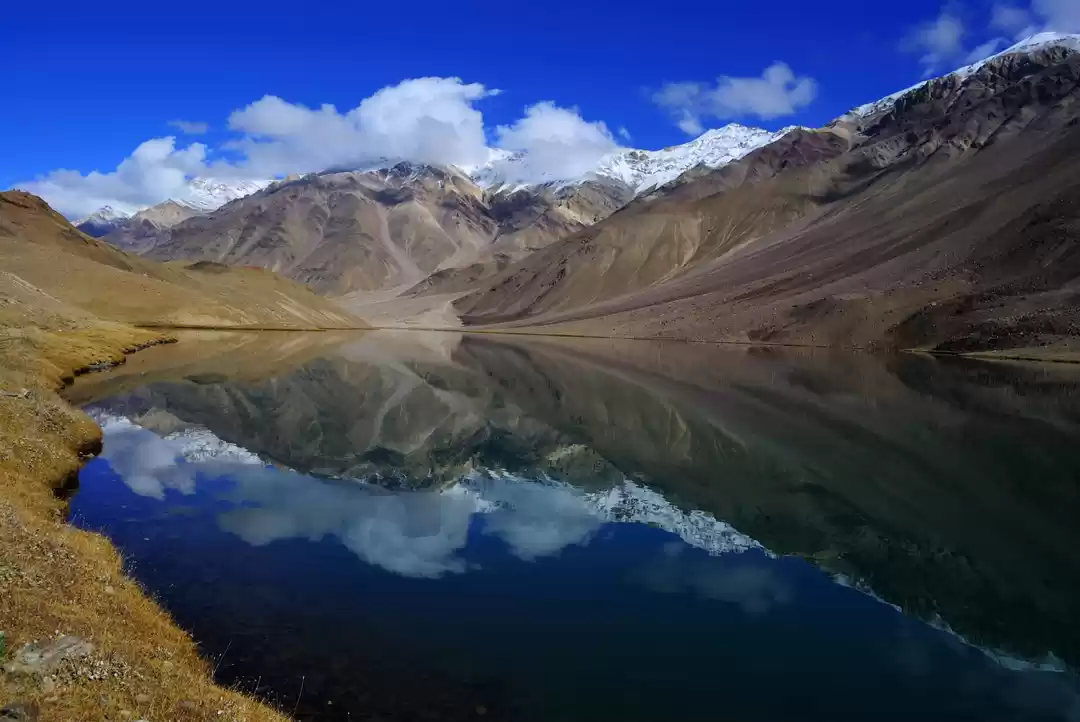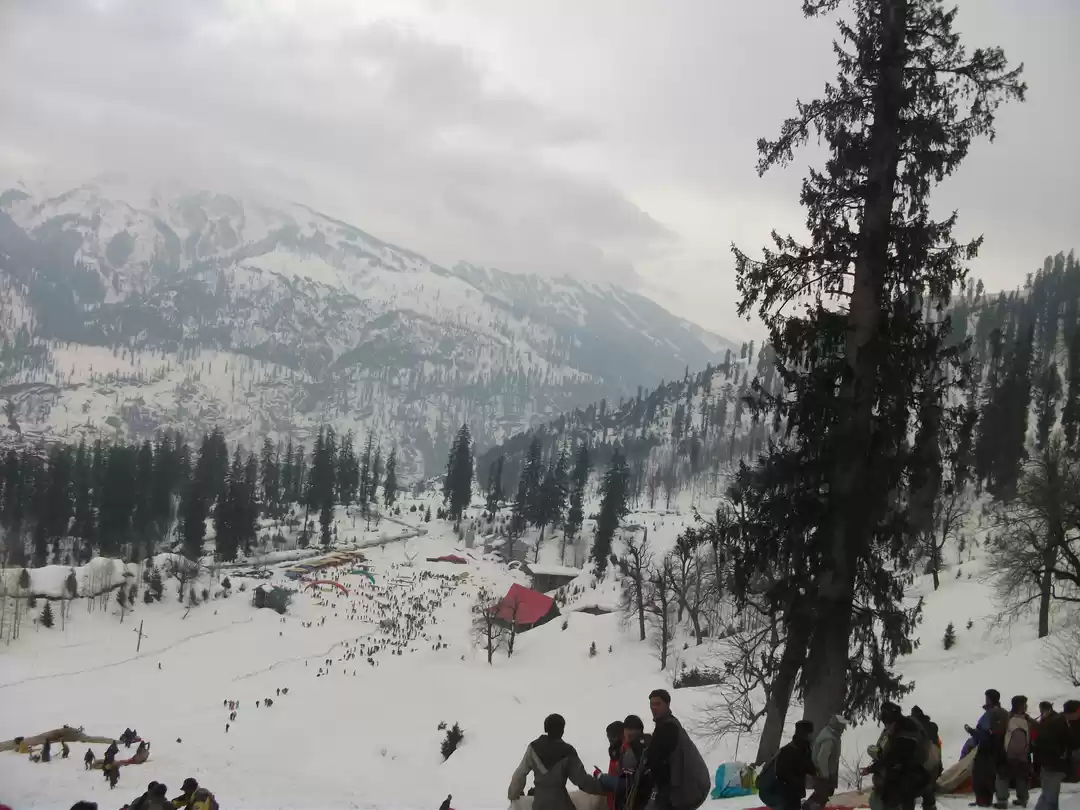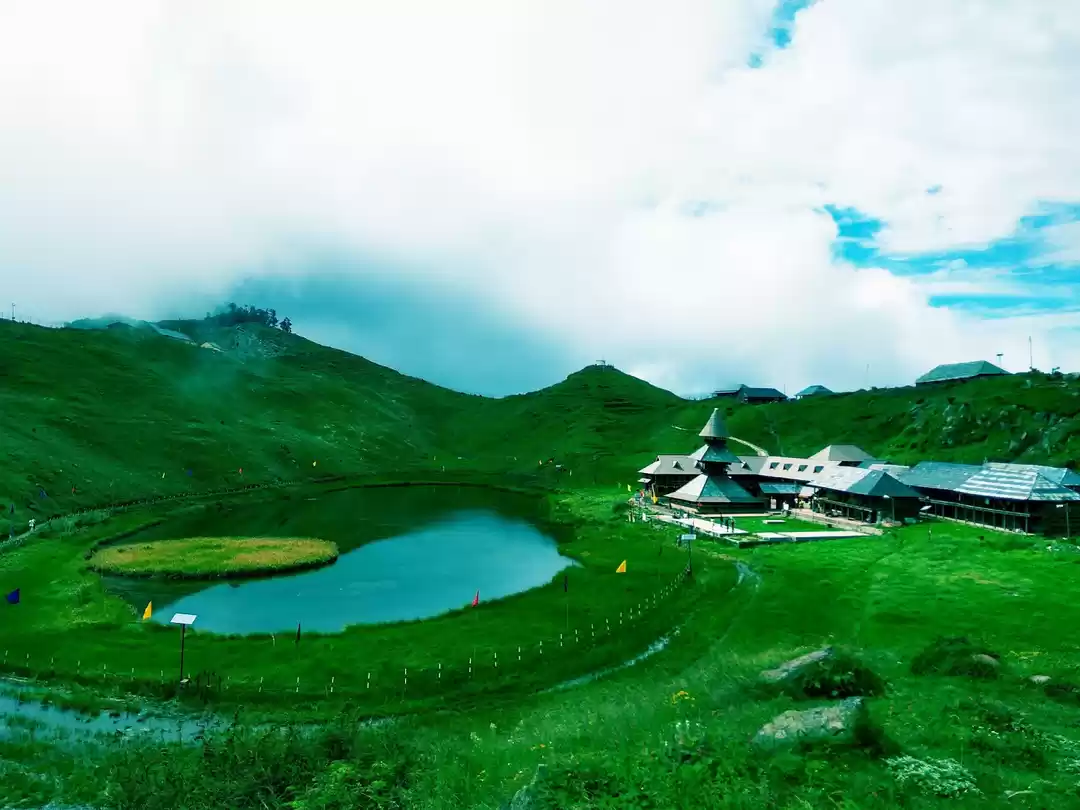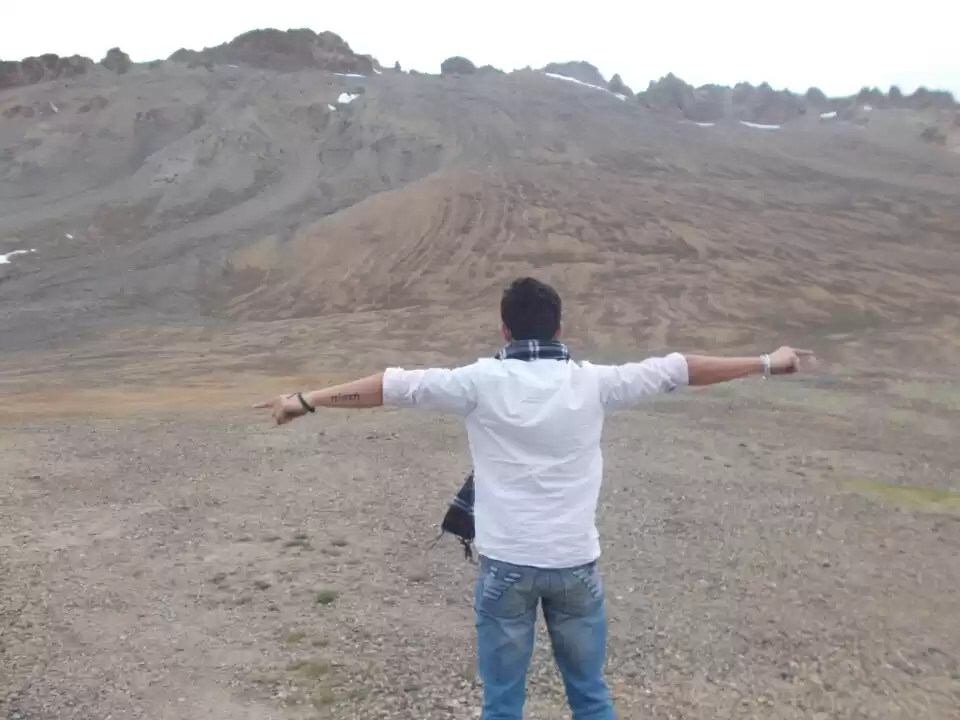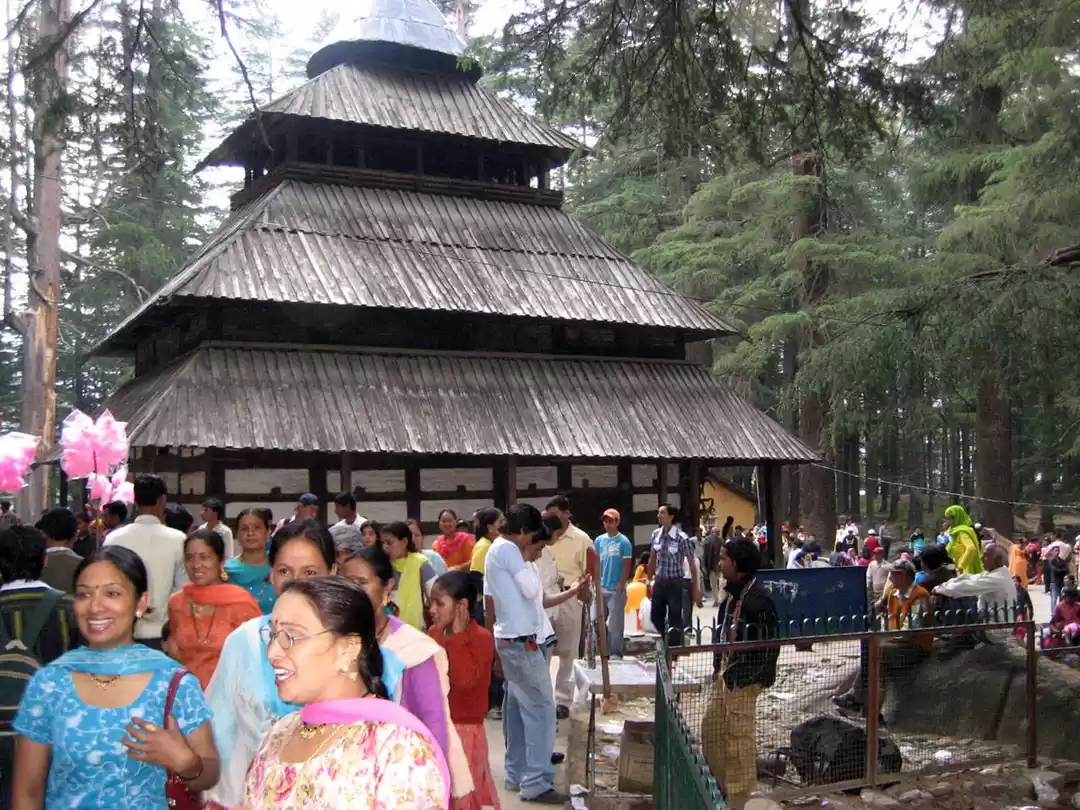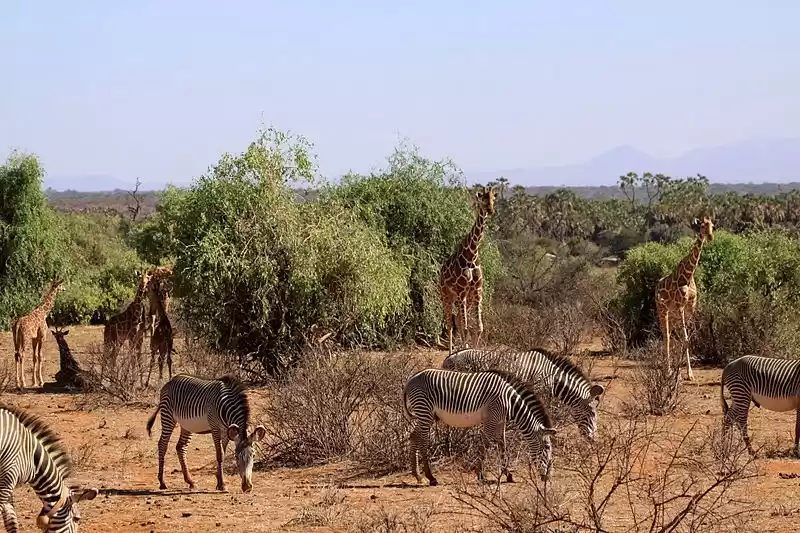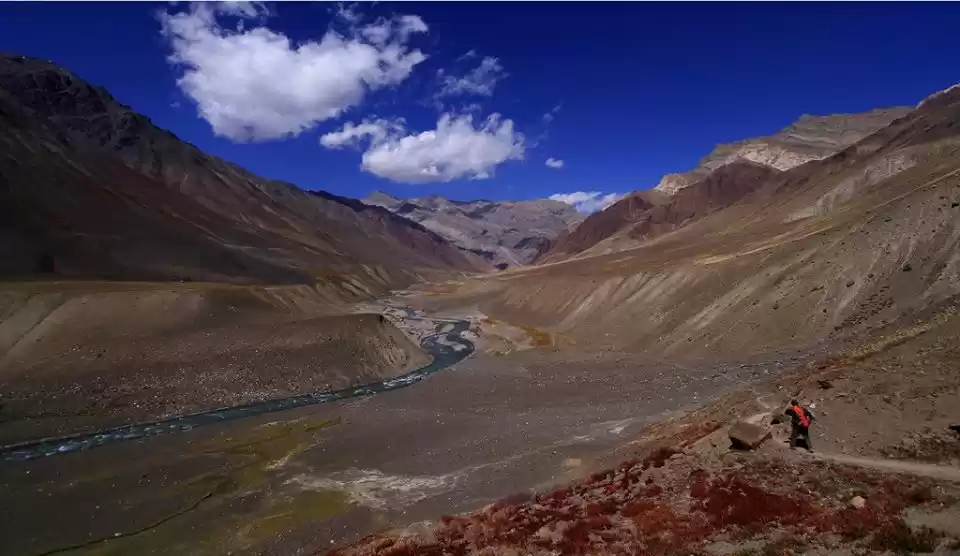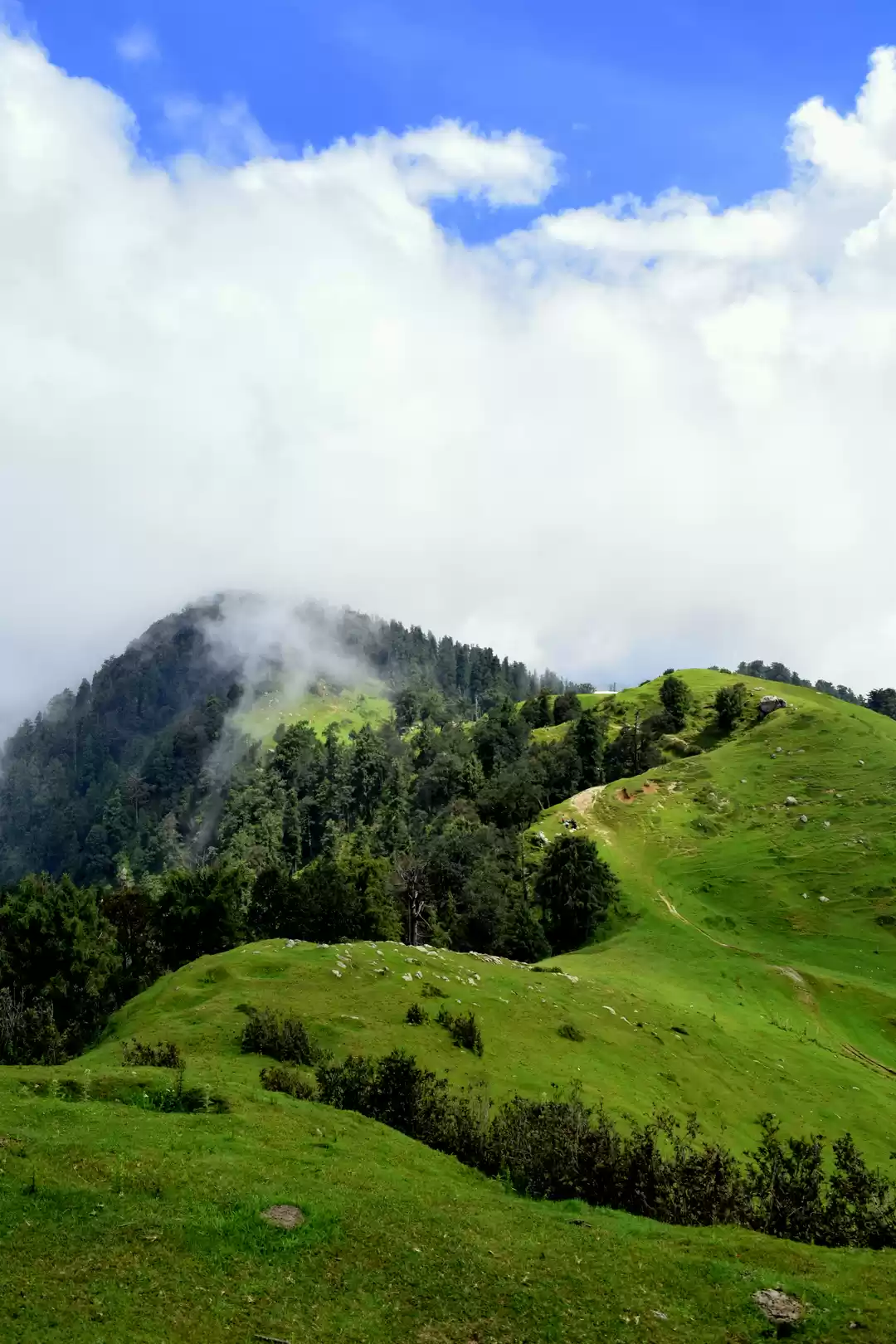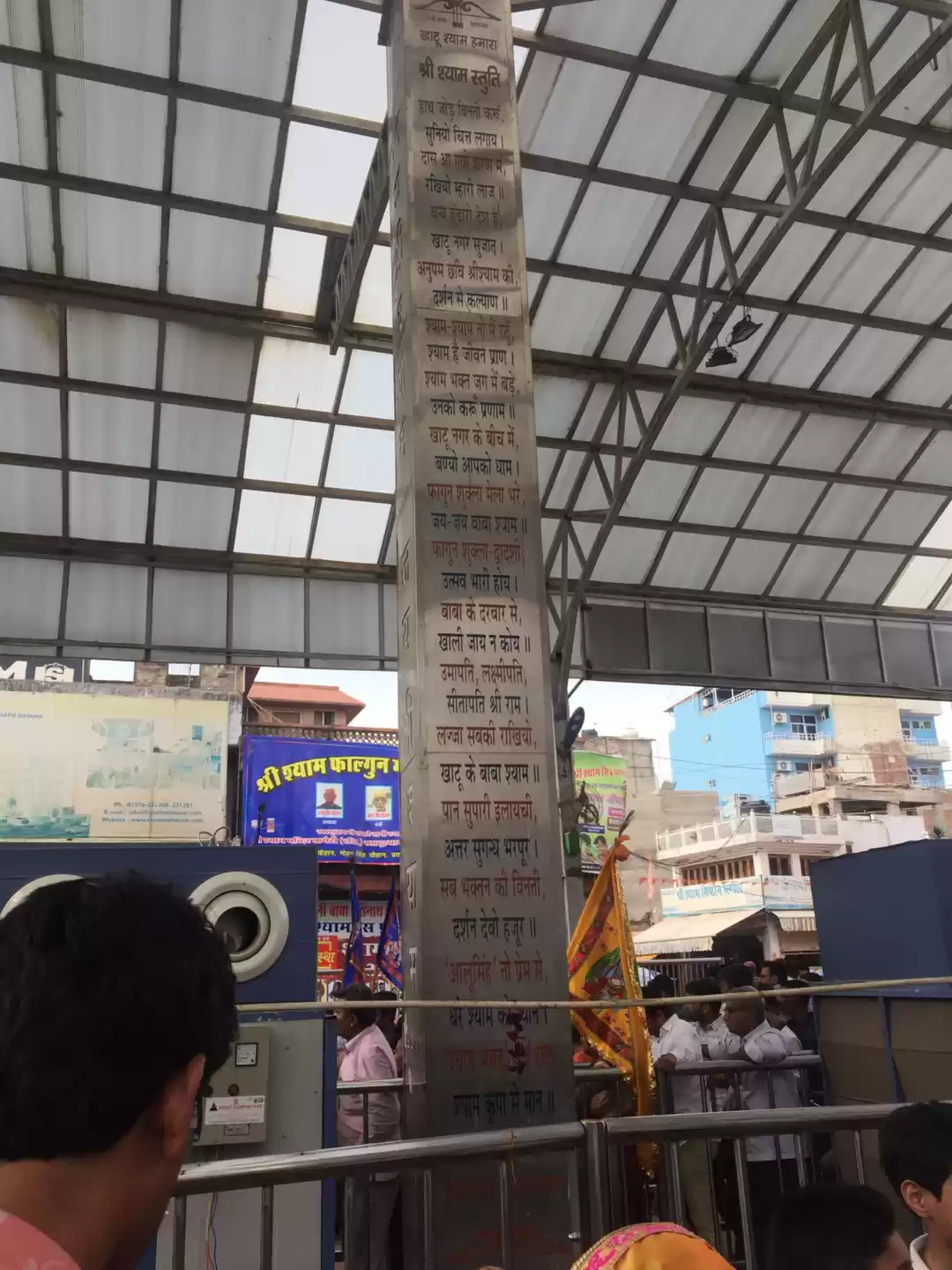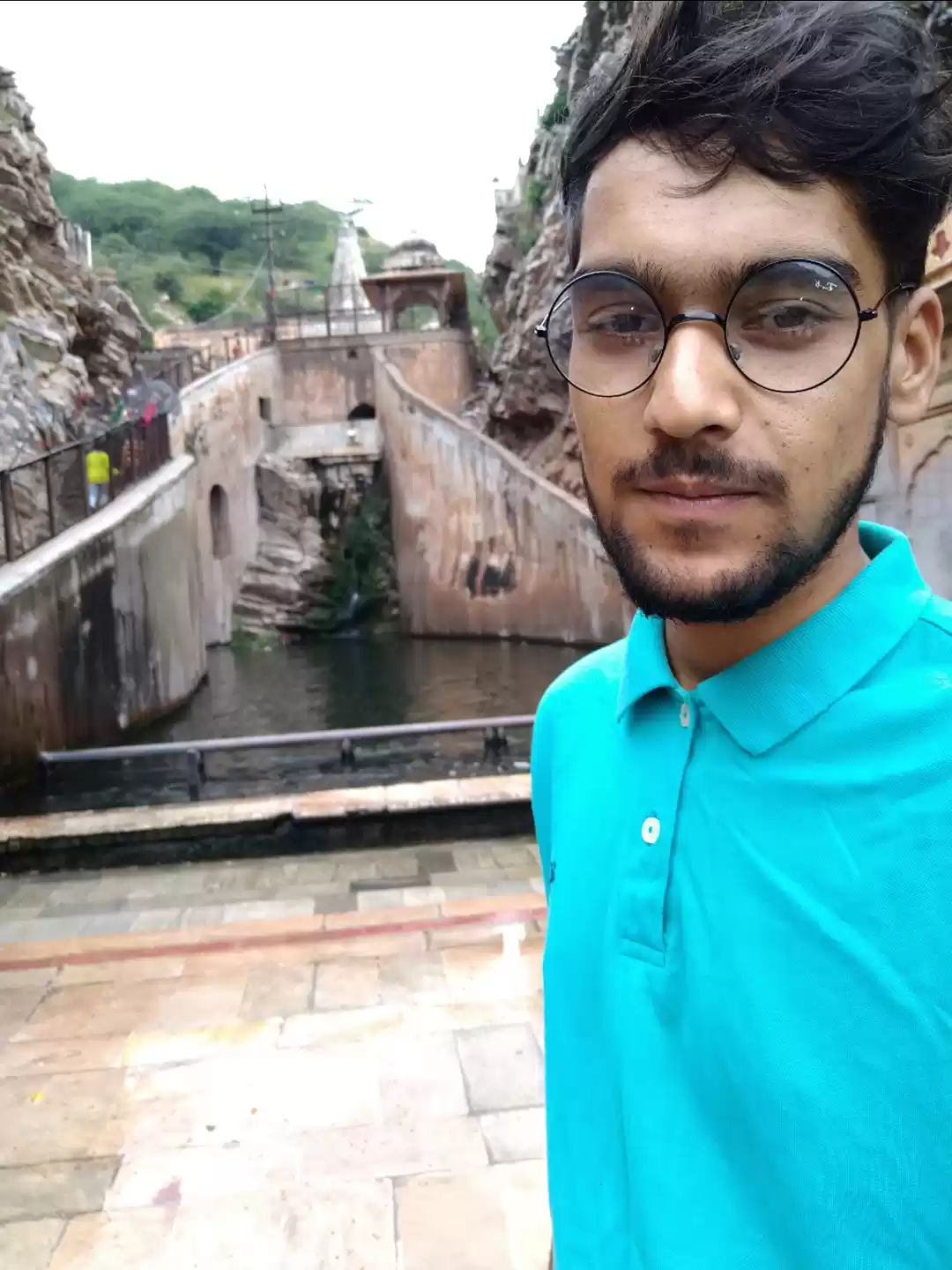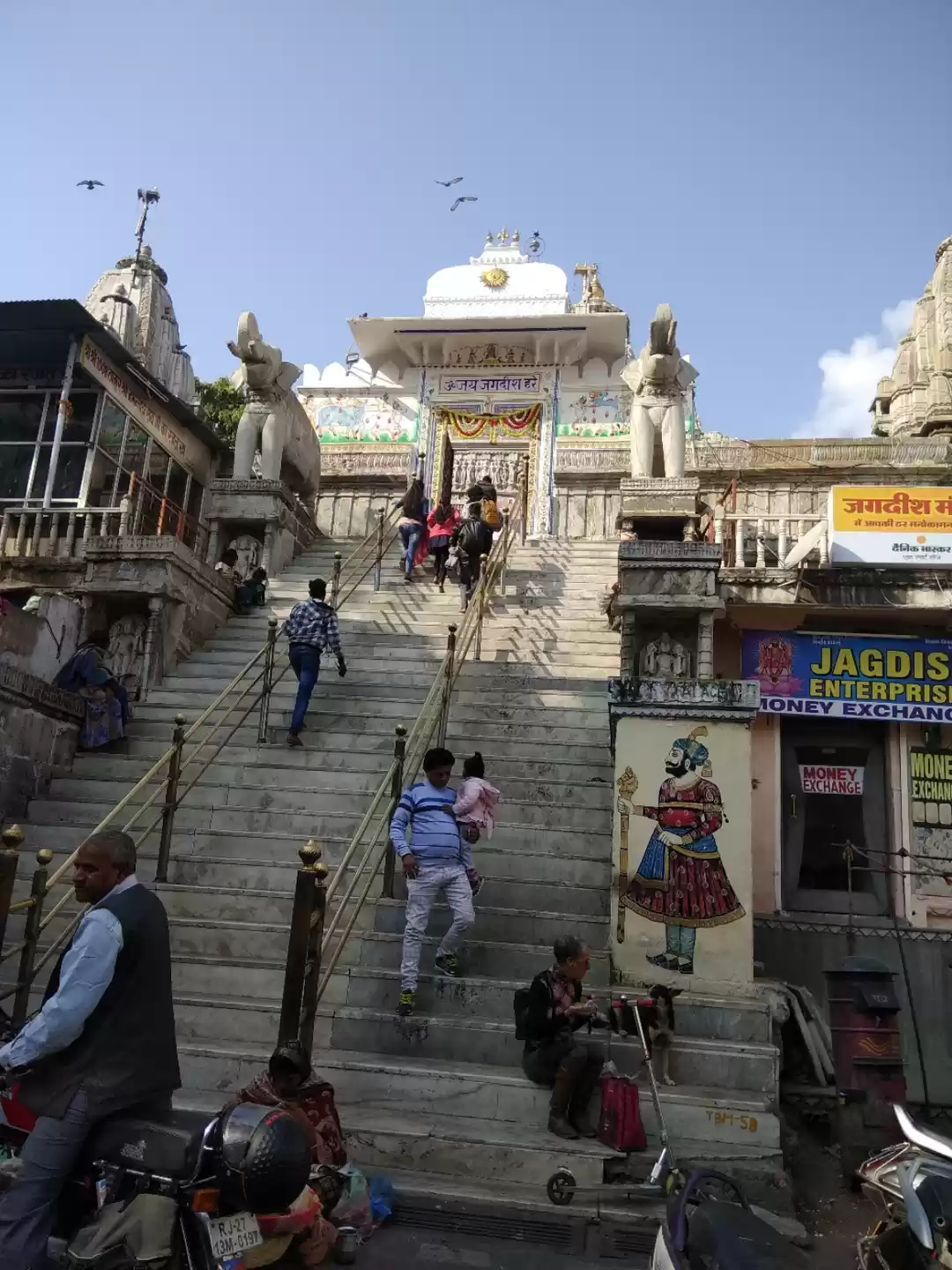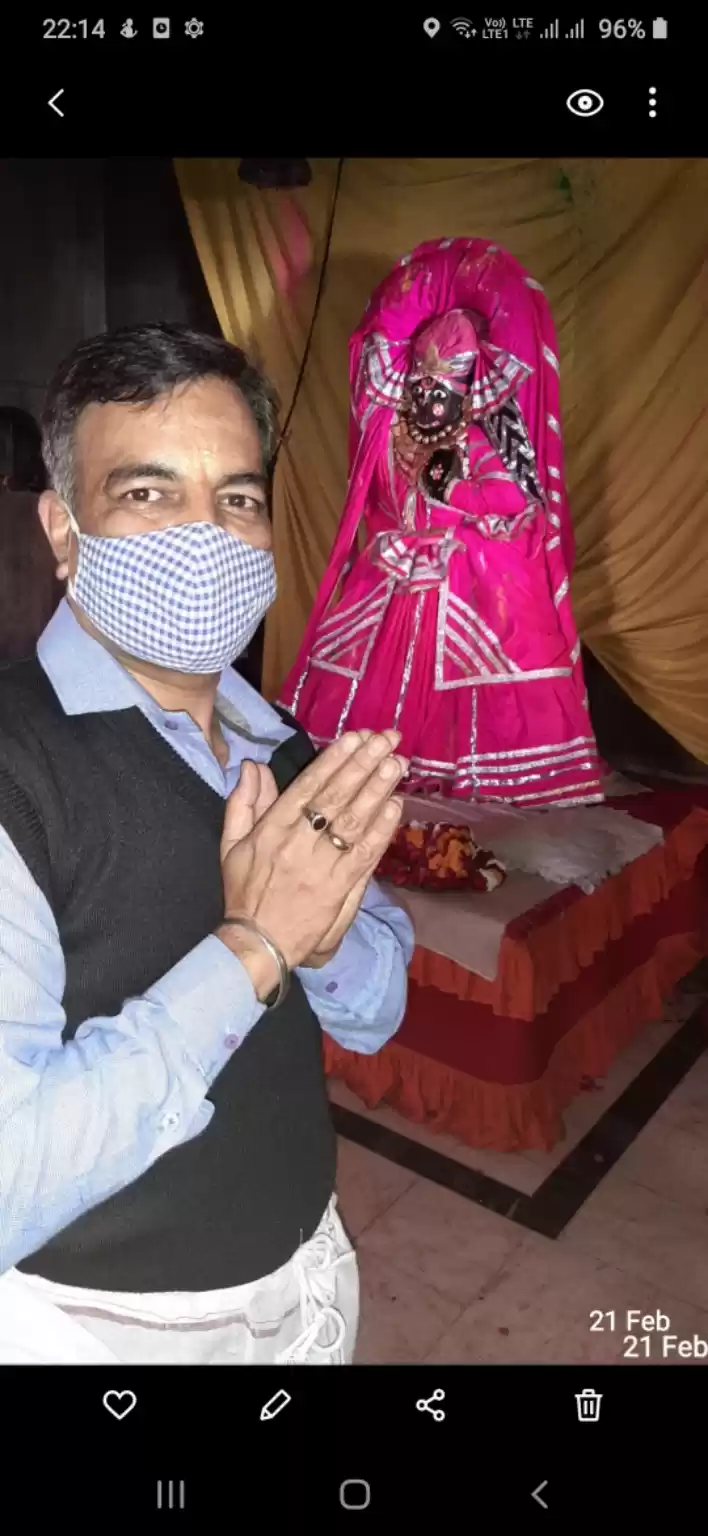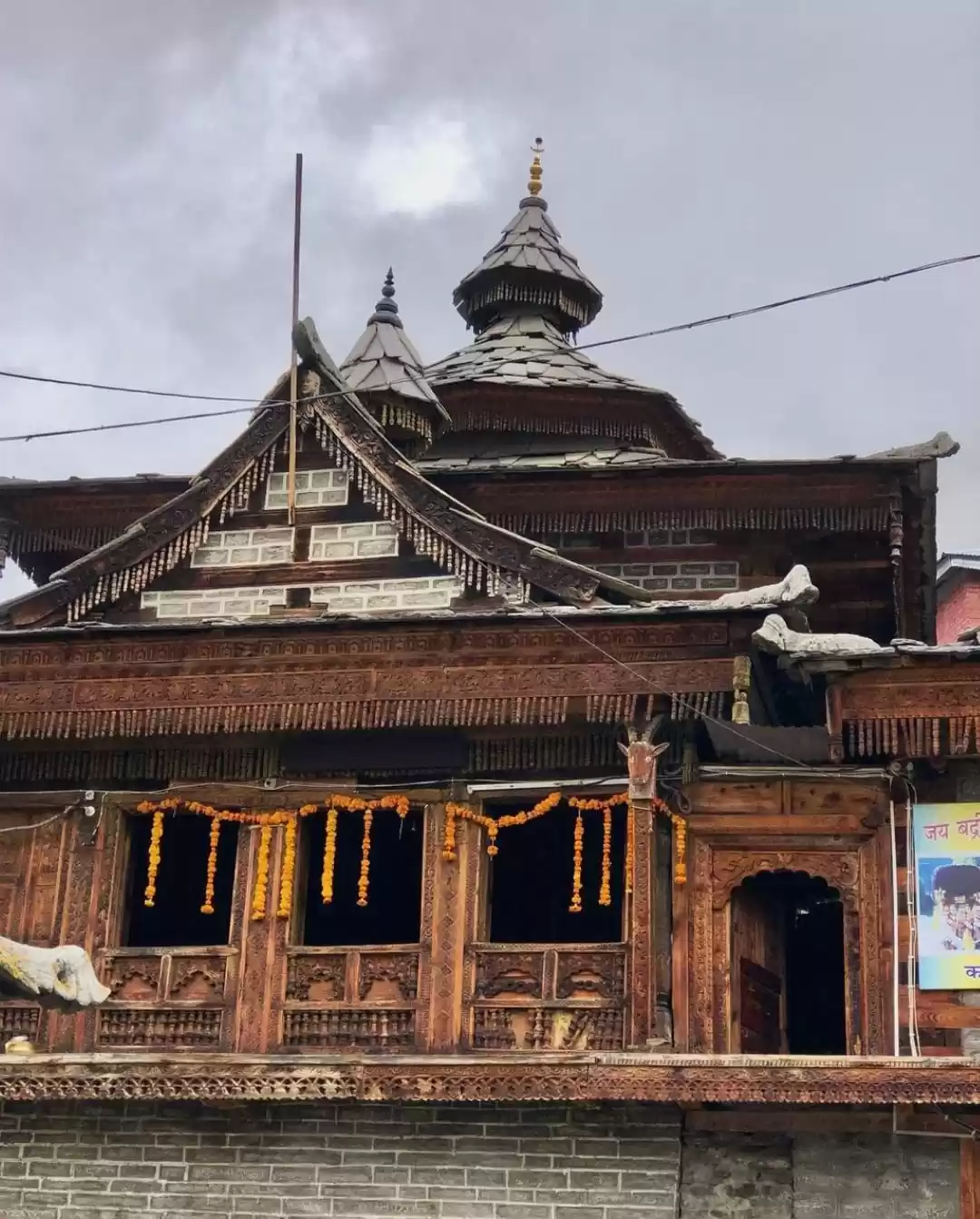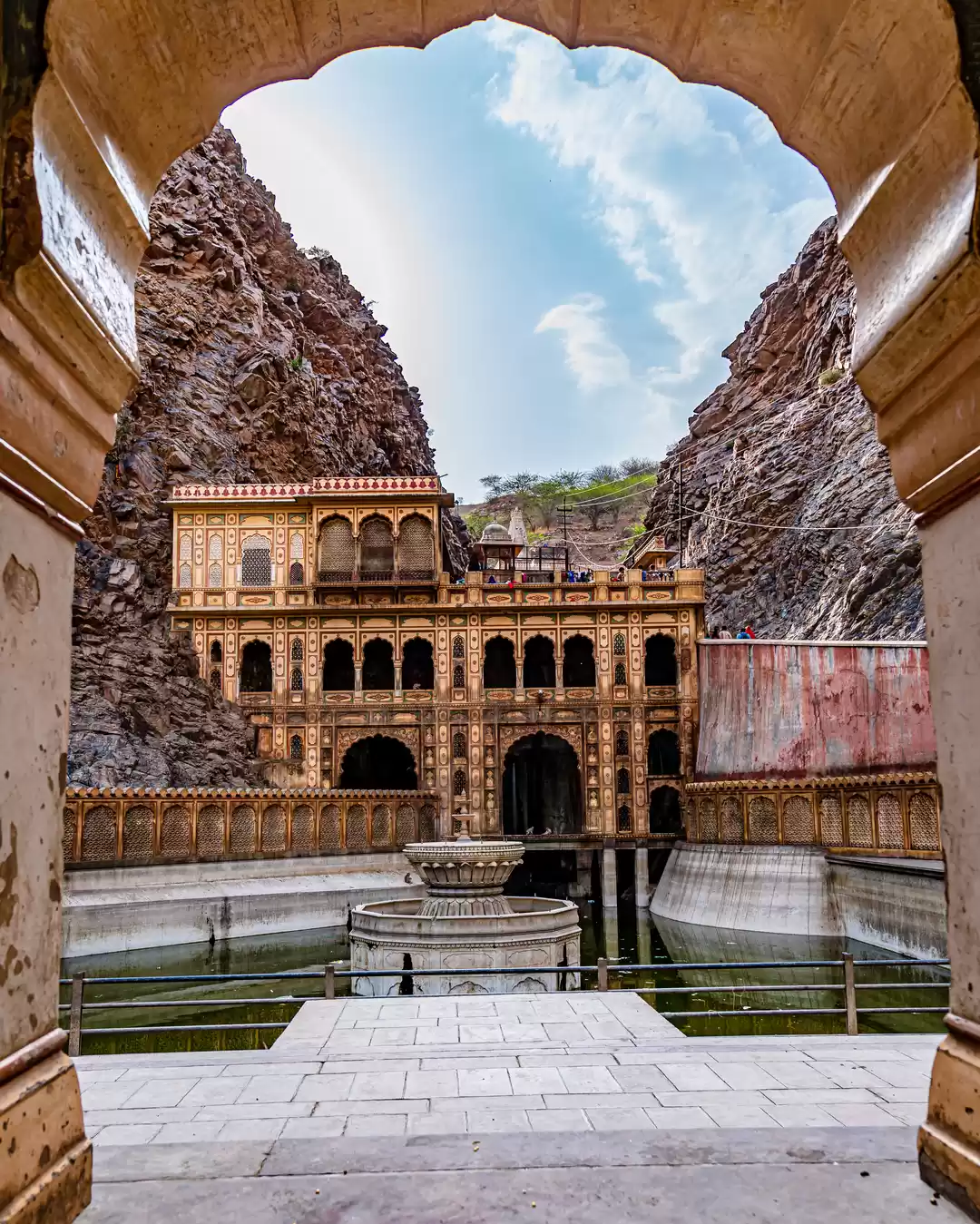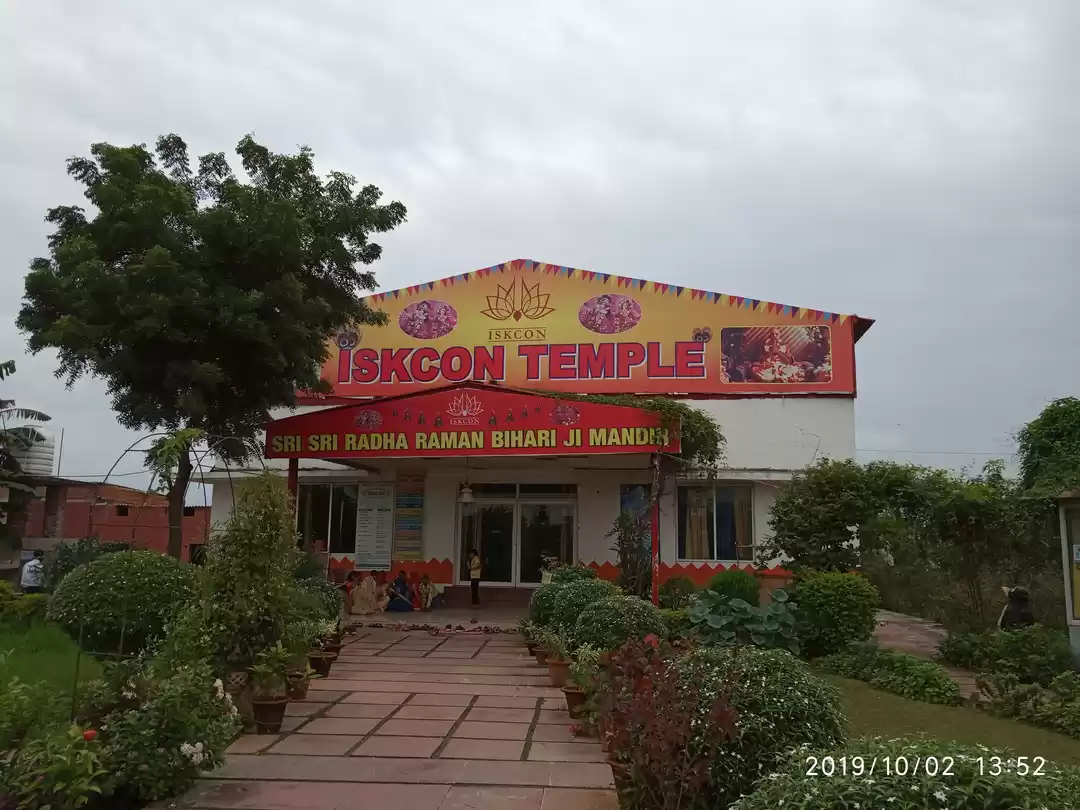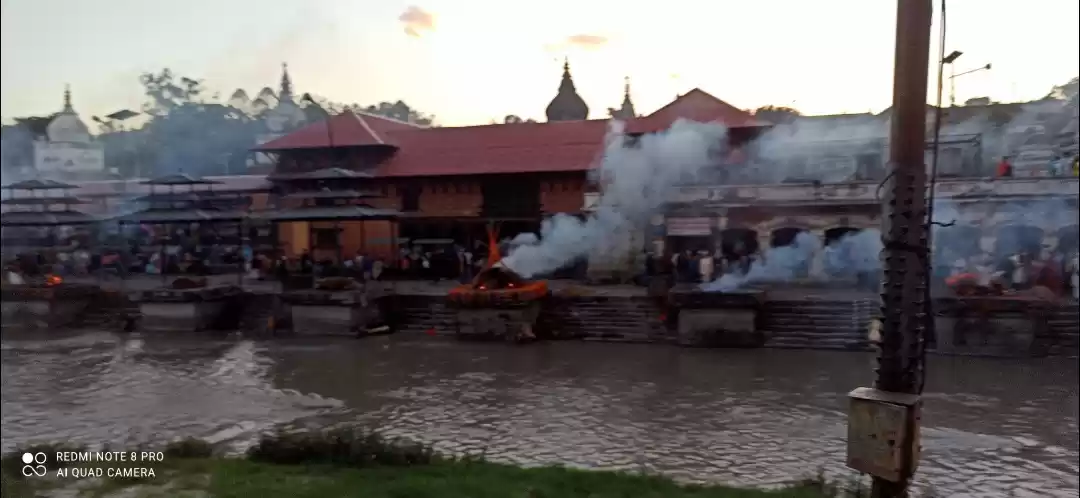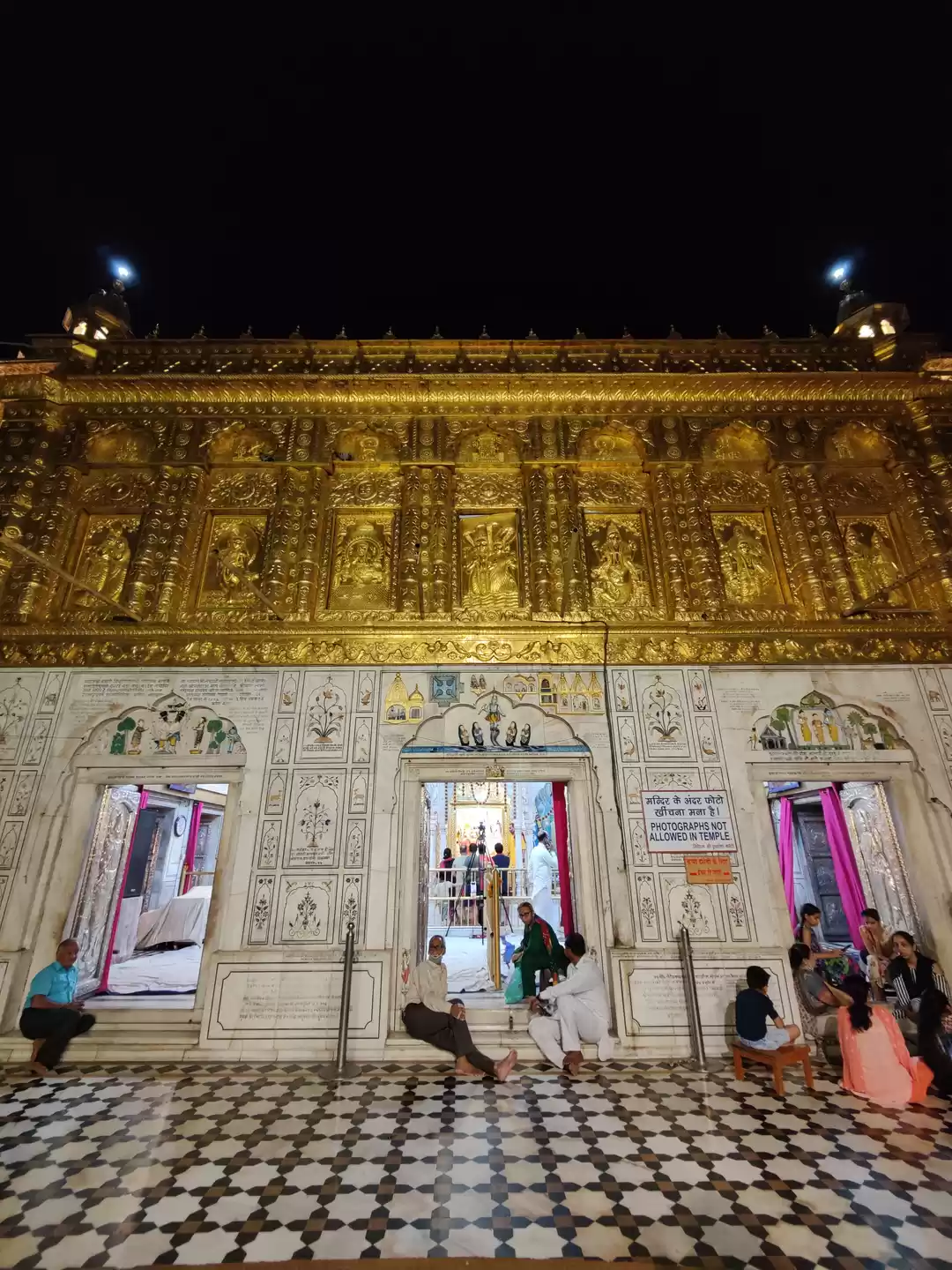Jwala Devi Temple is a unique and fascinating temple dedicated to Jwala Ji, a Hindu Goddess depicted by a set of eternal flames. The temple is located in the Kangra district of Himachal Pradesh, India, and is one of the 52 Shakti Peethas, where the body parts of Goddess Sati fell after she immolated herself. According to the legend, the tongue of Goddess Sati fell at this place and created the holy flames that have been burning continuously for centuries.
The temple is also known as the Flaming Goddess Temple, as there is no idol but natural flames representing the Goddess. The temple was first built by the Pandavas, the heroes of the epic Mahabharata, and later renovated by various rulers, such as Maharaja Ranjit Singh and Raja Bhumi Chand. The temple is a center of faith and heritage, attracting millions of devotees and tourists every year.
In this article, we will guide you through everything you need to know about the Jwala Devi Temple, such as its history, significance, timings, how to reach, and other places to visit in Kangra. Whether you are a spiritual seeker, a history buff, or a nature lover, you will find something to enjoy and explore in this amazing destination.
Jwala Devi Temple: A Detailed History and Significance
The Jwala Devi Temple has a rich and fascinating history and significance, dating back to the ancient times. Here are some of the key aspects of the temple that you should know before visiting:

The Legend of Jwala Ji
The legend of Jwala Ji is linked to the story of Goddess Sati, the consort of Lord Shiva, the supreme deity of Hinduism. According to the legend, Sati’s father, King Daksha, organized a grand sacrifice, but did not invite Shiva, as he did not approve of their marriage. Sati, however, decided to attend the sacrifice, hoping to persuade her father to respect her husband.
However, when she reached there, she found that her father had insulted Shiva in front of everyone. Unable to bear the humiliation, Sati immolated herself in the sacrificial fire. When Shiva heard about this, he became furious and carried the charred body of Sati on his shoulder, performing the dance of destruction, known as Tandava.
To stop the devastation, Lord Vishnu, another supreme deity of Hinduism, used his discus to cut the body of Sati into 52 pieces, which fell at different places in India and Nepal. These places are known as the Shakti Peethas, where the Goddess is worshipped in various forms.
One of these places is Jwala Devi Temple, where the tongue of Goddess Sati fell and created the eternal flames. The flames are believed to be the manifestation of Jwala Ji, the Flaming Goddess, who is also considered as a form of Goddess Durga, the Mother Goddess.

The Temple Architecture and Features
The Jwala Devi Temple is a simple and elegant structure, built in the Indo-Sikh style of architecture. The temple has a dome-shaped roof, a golden spire, and a white marble facade. The temple complex also has a large courtyard, a pond, and a museum.
The main attraction of the temple is the sanctum sanctorum, where the holy flames are enshrined. There are nine flames in total, each representing a different form of the Goddess, such as Mahakali, Annapurna, Chandi, Hinglaj, Vindhya Vasini, Mahalakshmi, Saraswati, Ambika, and Anji Devi. The flames are fed by natural gas and have been burning continuously for centuries, without any fuel or assistance.
The temple also performs five aartis every day, which are the ritualistic worship of the Goddess with lamps, incense, flowers, and music. The aartis are as follows:
Mangal Aarti: The first aarti of the day, performed at 5:00 am in summer and 6:00 am in winter
Panjupchaar Pujan: The second aarti of the day, performed at 8:00 am in summer and 9:00 am in winter
Bhog Aarti: The third aarti of the day, performed at 12:00 pm in summer and 1:00 pm in winter
Evening Aarti: The fourth aarti of the day, performed at 7:00 pm in summer and 8:00 pm in winter
Shaiyan Aarti: The last aarti of the day, performed at 10:00 pm in summer and 11:00 pm in winter
The temple also offers a special delicacy to the devotees, known as Rabri, which is a thickened milk dessert. The Rabri is prepared by boiling the milk offered by the devotees in large vessels, and then adding sugar and dry fruits. The Rabri is considered as a prasad, or a sacred offering, of the Goddess, and is believed to have healing and blessing properties.
Another feature of the temple is the Jwalamukhi Cave, which is located about 3 km away from the temple. The cave is said to be the source of the natural gas that feeds the flames. The cave also has a small shrine of Lord Shiva, and a spring of hot water, which is considered as holy.
The Temple Festivals and Fairs
The Jwala Devi Temple celebrates various festivals and fairs throughout the year, which attract thousands of pilgrims and tourists. Some of the major festivals and fairs are:

Navratri: The nine-day festival of the Goddess, celebrated twice a year, in March-April and September-October. The temple is decorated with lights and flowers, and special rituals and cultural programs are organized. The devotees also perform a dance, known as Jwala Ji Ki Jhanki, in which they carry the replica of the temple on their shoulders and move around the temple complex.
Makar Sankranti: The festival of the harvest and the sun, celebrated on January 14 every year. The temple is adorned with kites and flags, and the devotees fly kites and offer sesame seeds and jaggery to the Goddess. The temple also hosts a fair, known as the Jwalamukhi Mela, which lasts for 15 days and showcases the local handicrafts, cuisine, and culture.
Ashtami: The eighth day of the lunar fortnight, celebrated every month. The temple witnesses a huge rush of devotees, who offer coconut, red cloth, and bangles to the Goddess. The temple also distributes a special prasad, known as Puri, which is a deep-fried bread.
How to Reach Jwala Devi Temple: A Comprehensive Travel Guide
Jwala Devi Temple is located in the Kangra district of Himachal Pradesh, India, and is well-connected by air, train, and road. Here are some of the best ways to reach the temple:

By Air
The nearest airport to Jwala Devi Temple is the Gaggal Airport, also known as the Kangra Airport, which is about 46 km away from the temple. The airport has regular flights from Delhi, Chandigarh, and Dharamshala, and is operated by Air India and SpiceJet. From the airport, you can take a taxi or a bus to reach the temple, which will take about an hour and a half.
By Train
The nearest railway station to Jwala Devi Temple is the Jwalamukhi Road Railway Station, also known as the Chintpurni Marg Railway Station, which is about 20 km away from the temple. The station has trains from Delhi, Pathankot, Amritsar, and Jammu, and is operated by the Indian Railways. From the station, you can take a taxi or a bus to reach the temple, which will take about half an hour.
By Road
The Jwala Devi Temple is well-connected by road, as it is situated on the National Highway 154, which connects Pathankot and Mandi. The temple is about 55 km from Dharamshala, 75 km from Pathankot, 110 km from Mandi, and 180 km from Shimla. You can drive your own vehicle or hire a taxi to reach the temple, which will take about 2 to 4 hours, depending on the traffic and the road conditions. You can also take a bus from Delhi, Chandigarh, Pathankot, Dharamshala, or Shimla, which will drop you at the Jwalamukhi Bus Stand, which is about 1 km away from the temple.
The Best Time to Visit
The best time to visit Jwala Devi Temple is from September to June, when the weather is pleasant and comfortable. The summer season, from April to June, is warm and sunny, with temperatures ranging from 15°C to 35°C. The monsoon season, from July to August, is wet and humid, with heavy rainfall and landslides. The winter season, from November to February, is cold and snowy, with temperatures ranging from 0°C to 15°C. The temple remains open throughout the year, but you may face some difficulties in reaching the temple during the monsoon and winter seasons.
Where to Stay
There are many accommodation options near Jwala Devi Temple, ranging from budget to luxury. You can choose from hotels, guest houses, homestays, or ashrams, depending on your preference and budget. Some of the popular places to stay near the temple are:
Jwala Ji Hotel: A budget hotel, located about 1 km away from the temple, offering basic amenities, such as TV, AC, Wi-Fi, and room service. The hotel also has a restaurant, a parking lot, and a travel desk. The tariff ranges from Rs. 500 to Rs. 1000 per night.
Hotel The Grand Raj: A mid-range hotel, located about 2 km away from the temple, offering comfortable amenities, such as TV, AC, Wi-Fi, and room service. The hotel also has a restaurant, a bar, a gym, a spa, and a conference hall. The tariff ranges from Rs. 2000 to Rs. 4000 per night.
WelcomHeritage Judge’s Court: A luxury hotel, located about 20 km away from the temple, offering premium amenities, such as TV, AC, Wi-Fi, and room service. The hotel also has a restaurant, a swimming pool, a garden, and a library. The hotel is a heritage property, built in the 18th century, and has a colonial charm and elegance. The tariff ranges from Rs. 6000 to Rs. 12000 per night.
What to Eat
The local cuisine of Kangra is influenced by the Himalayan and Punjabi cultures, and is rich and delicious. You can enjoy a variety of dishes, such as Madra, a chickpea curry, Siddu, a steamed bread stuffed with nuts and spices, Dham, a festive meal of rice, lentils, and curries, and Chha Gosht, a lamb dish cooked in yogurt and spices. You can also try some of the sweets, such as Patande, a thin pancake, Babru, a fried bread, and Pateesa, a flaky dessert.
There are many restaurants and eateries near Jwala Devi Temple, where you can taste the local cuisine, as well as other cuisines, such as North Indian, Chinese, and Continental. Some of the popular places to eat near the temple are:
Jwala Ji Restaurant: A vegetarian restaurant, located about 1 km away from the temple, serving delicious and hygienic food, such as parathas, thalis, dosas, and chaat. The restaurant also offers Rabri as a prasad of the Goddess. The price ranges from Rs. 50 to Rs. 200 per person.
Hotel The Grand Raj Restaurant: A multi-cuisine restaurant, located about 2 km away from the temple, serving mouth-watering and quality food, such as biryanis, tandooris, soups, and salads. The restaurant also has a bar, where you can enjoy a drink or two. The price ranges from Rs. 200 to Rs. 500 per person.
WelcomHeritage Judge’s Court Restaurant: A fine-dining restaurant, located about 20 km away from the temple, serving exquisite and authentic food, such as kebabs, curries, and desserts. The restaurant also has a colonial ambiance and a courteous staff. The price ranges from Rs. 500 to Rs. 1000 per person.
Other Places to Visit in Kangra: A List of Top Attractions and Activities
Kangra is a beautiful and diverse district of Himachal Pradesh, which has a lot to offer to the visitors. From ancient forts and temples to scenic lakes and treks, Kangra has something for everyone. Here are some of the top attractions and activities that you can enjoy in Kangra, apart from Jwala Devi Temple:
Kangra Fort
Kangra Fort is the largest and the oldest fort in the Himalayas, which dates back to the 4th century BC. The fort was built by the Katoch dynasty, and witnessed many battles and invasions, by the Mughals, the Sikhs, and the British. The fort is a marvel of architecture and history, and has many features, such as gates, temples, palaces, and museums. The fort also offers a panoramic view of the Kangra valley and the Dhauladhar range. The fort is open from 9:00 am to 6:00 pm, and the entry fee is Rs. 150 per person.
Baijnath Temple
Baijnath Temple is an ancient and sacred temple dedicated to Lord Shiva, who is worshipped here as Baijnath, the Lord of Physicians. The temple is located in the town of Baijnath, about 50 km away from Jwala Devi Temple, and is one of the 12 Jyotirlingas, or the self-manifested shrines of Shiva. The temple was built in the 13th century, in the Nagara style of architecture, and has a shikhara, a mandapa, and a sanctum. The temple also has a lingam, a statue of Nandi, and a water tank. The temple is open from 6:00 am to 9:00 pm, and there is no entry fee.
Brajeshwari Temple
Brajeshwari Temple is another ancient and sacred temple dedicated to Goddess Durga, who is worshipped here as Brajeshwari, the Goddess of Lightning. The temple is located in the town of Kangra, about 35 km away from Jwala Devi Temple, and is one of the 51 Shakti Peethas, where the left breast of Goddess Sati fell. The temple was built in the 11th century, and was plundered and destroyed several times, by the Mughals, the Sikhs, and the British. The temple was rebuilt in the 20th century, and has a dome, a spire, and a sanctum. The temple also has a silver-plated door, a gold-plated roof, and a marble idol of the Goddess. The temple is open from 5:00 am to 10:00 pm, and there is no entry fee.
Kareri Lake
Kareri Lake is a stunning and serene lake, located at an altitude of 2934 meters, about 60 km away from Jwala Devi Temple. The lake is formed by the melting of the snow from the Dhauladhar range, and is surrounded by lush green meadows, pine forests, and snow-capped peaks. The lake is also a popular trekking destination, as it offers a challenging and rewarding trail, with scenic views and diverse flora and fauna. The trek starts from the Kareri village, which is about 30 km away from Dharamshala, and takes about 2 to 3 days to complete. The lake is open from April to July, and from September to November, and the trekking fee is Rs. 3000 per person.
Indrahar Pass Trek
Indrahar Pass Trek is an adventurous and exhilarating trek, located at an altitude of 4342 meters, about 70 km away from Jwala Devi Temple. The trek is a part of the ancient route that connects Kangra and Chamba, and passes through the Dhauladhar range, offering spectacular views of the Pir Panjal and the Manimahesh ranges. The trek also passes through the Triund, a famous camping site, and the Lahesh Cave, a natural shelter. The trek starts from the McLeod Ganj, which is about 40 km away from Dharamshala, and takes about 4 to 5 days to complete. The trek is open from May to October, and the trekking fee is Rs. 5000 per person.
Chamunda Devi Temple
Chamunda Devi Temple is another ancient and sacred temple dedicated to Goddess Durga, who is worshipped here as Chamunda, the Slayer of Demons. The temple is located in the town of Chamunda, about 25 km away from Jwala Devi Temple, and is one of the 51 Shakti Peethas, where the ears of Goddess Sati fell. The temple was built in the 16th century, and has a shikhara, a mandapa, and a sanctum. The temple also has a lingam, a statue of Nandi, and a water tank. The temple is open from 5:00 am to 10:00 pm, and there is no entry fee.
Masrur
Masrur is a historical and archaeological site, located about 40 km away from Jwala Devi Temple. The site is famous for its rock-cut temple complex, which dates back to the 8th century, and is believed to be built by the Pandavas. The complex consists of 15 temples, carved out of a single rock, and dedicated to various Hindu deities, such as Shiva, Vishnu, and Devi. The temples are designed in the Nagara style of architecture, and have shikharas, mandapas, and sanctums. The temples also have intricate carvings and sculptures, depicting scenes from the Hindu mythology. The complex is open from 6:00 am to 6:00 pm, and the entry fee is Rs. 25 per person.
Pragpur Village
Pragpur Village is a charming and quaint village, located about 60 km away from Jwala Devi Temple. The village is the first heritage village of India, and has a rich and diverse culture and history. The village is known for its well-preserved and colorful houses, built in the 17th and 18th centuries, and reflecting the influence of the Rajput, Mughal, and British styles. The village also has a bazaar, a pond, a temple, and a fort. The village is open throughout the year, and there is no entry fee.
Kangra Art Museum
Kangra Art Museum is a splendid and informative museum, located in the town of Kangra, about 35 km away from Jwala Devi Temple. The museum showcases the art and culture of Kangra, and has a collection of paintings, sculptures, pottery, coins, jewelry, and manuscripts. The museum also has a section dedicated to the Kangra miniature paintings, which are famous for their delicate and detailed depiction of the love stories of Radha and Krishna. The museum is open from 10:00 am to 5:00 pm, except on Mondays, and the entry fee is Rs. 50 per person.
Palampur
Palampur is a picturesque and peaceful town, located about 80 km away from Jwala Devi Temple. The town is the tea capital of Himachal Pradesh, and is known for its lush green tea gardens, which produce the finest quality of tea in India. The town also has a pleasant climate, a scenic landscape, and a rich heritage. The town is a perfect place to relax and rejuvenate, and also offers some activities, such as paragliding, fishing, and trekking. The town is open throughout the year, and there is no entry fee.
Kaleshwar Mahadev Temple
Kaleshwar Mahadev Temple is a sacred and ancient temple dedicated to Lord Shiva, who is worshipped here as Kaleshwar, the Lord of Time. The temple is located in the village of Kaleshwar, about 45 km away from Jwala Devi Temple, and is one of the oldest temples in Himachal Pradesh, dating back to the 9th century. The temple has a shikhara, a mandapa, and a sanctum, and also has a lingam, a statue of Nandi, and a water tank. The temple is open from 6:00 am to 8:00 pm, and there is no entry fee.
Jwala Devi Temple is a remarkable and revered temple, where the tongue of Goddess Sati fell and created the eternal flames. The temple is a must-visit for anyone who wants to experience the divine and the miraculous, and also learn about the history and culture of Kangra. The temple is also a great base to explore the other attractions and activities in Kangra, such as Kangra Fort, Baijnath Temple, Brajeshwari Temple, Kareri Lake, Indrahar Pass Trek, Chamunda Devi Temple, Masrur, Pragpur Village, Kangra Art Museum, Palampur, and Kaleshwar Mahadev Temple.
We hope this article helps you plan your trip to Jwala Devi Temple and Kangra, and have a memorable and enjoyable time. If you have any questions or feedback, please let us know. Thank you for reading, and happy travels!

